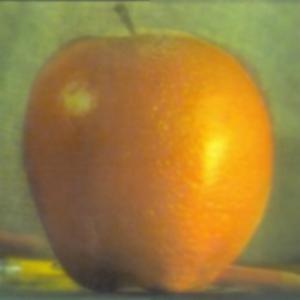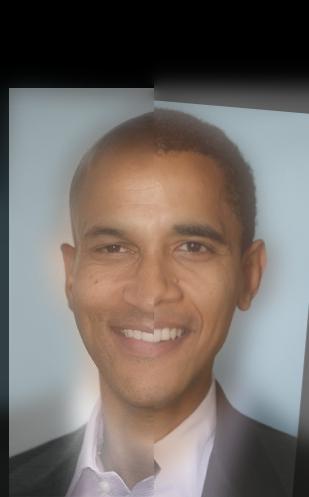CS194 Project 3 by Nikhilesh Vegesna
Part 1.1
The idea for this part is that a high pass filter will give you the high resolution part of the image, which is the domain where you can find the details. By multiplying this part by a constant and adding that to the original image, we are able to emphasize the details. This is what it means to "sharpen" the image.
Regular Image

|
Sharpened Image

|
Regular Image
|
Sharpened Image

|
Regular Image

|
Sharpened Image
|
Part 1.2
The point of this part was to take the high frequency part of one image and combine it with the low frequency part of another image. This created an effect where different images are viewable from far away and close by. My two hybrid images to present are already in color for the bells and whistles. The last row of these images is the ffts for the "Dion" image, or the Lion and Dog hybrid
|
|
|
|
|
|
Part 1.3
In this part I constructed the laplacian and gaussian stacks for a variety of images.
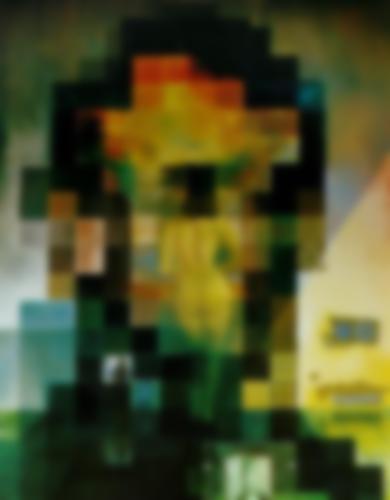
|
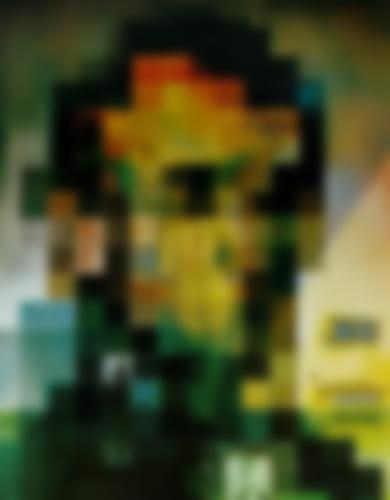
|
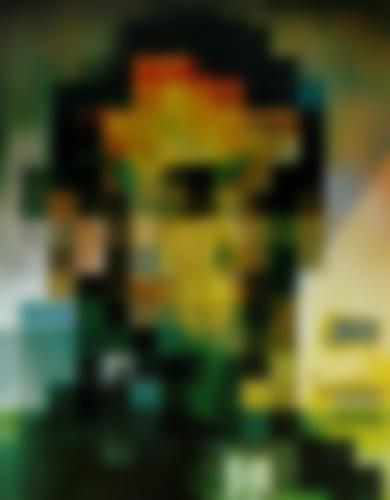
|
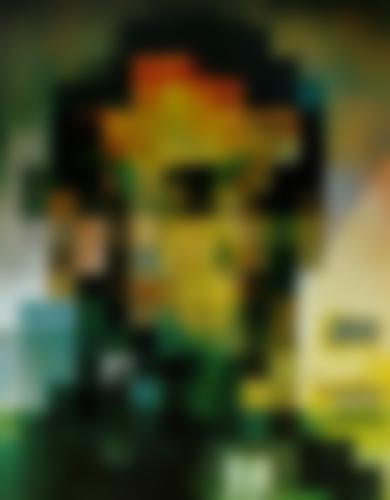
|
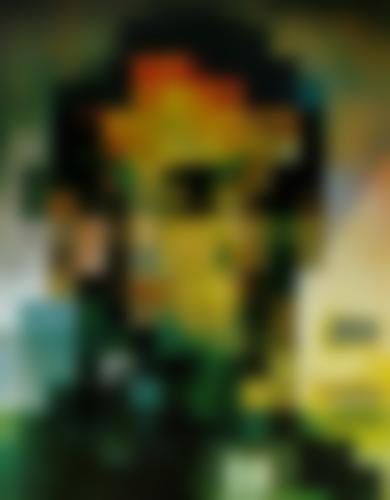
|

|
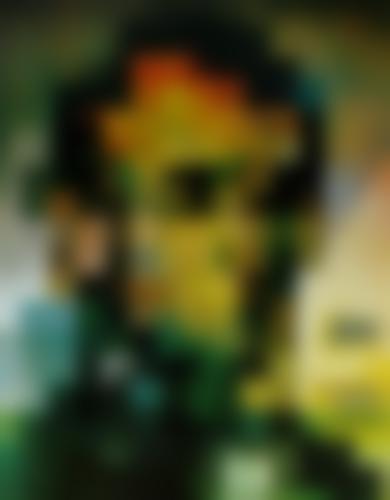
|

|
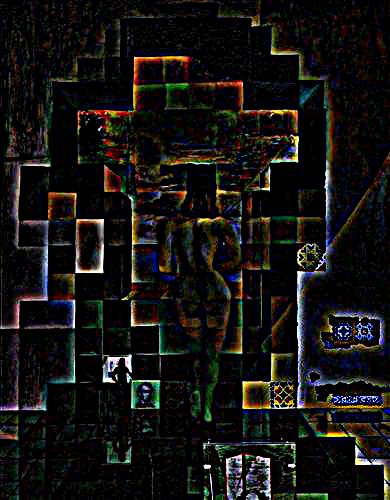
|
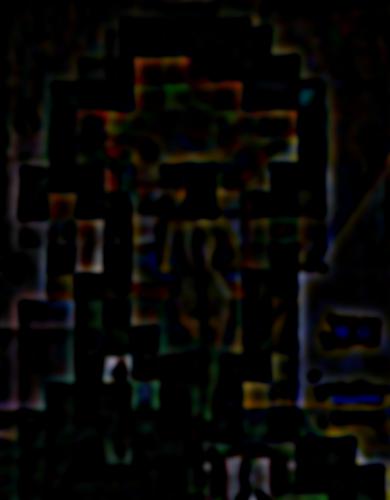
|
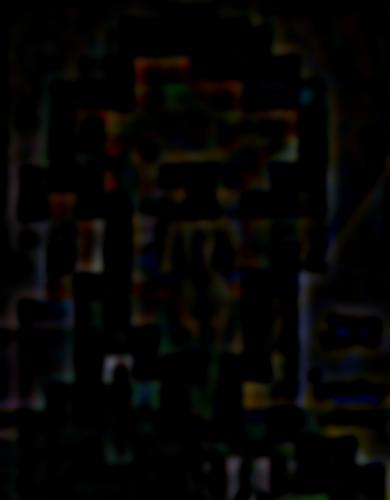
|
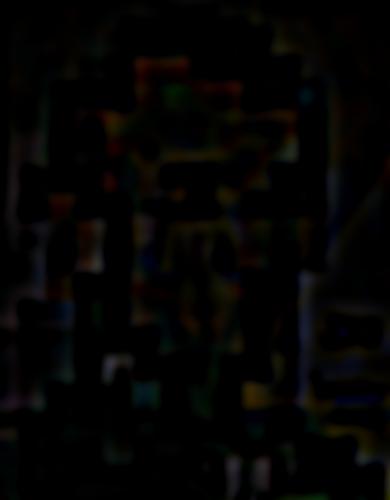
|

|
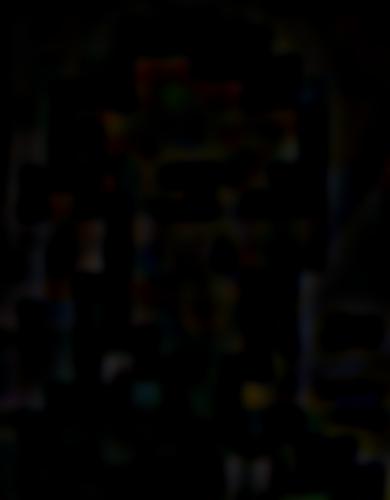
|
|

|

|

|

|

|

|

|

|

|

|

|

|

|

|

|

|

|
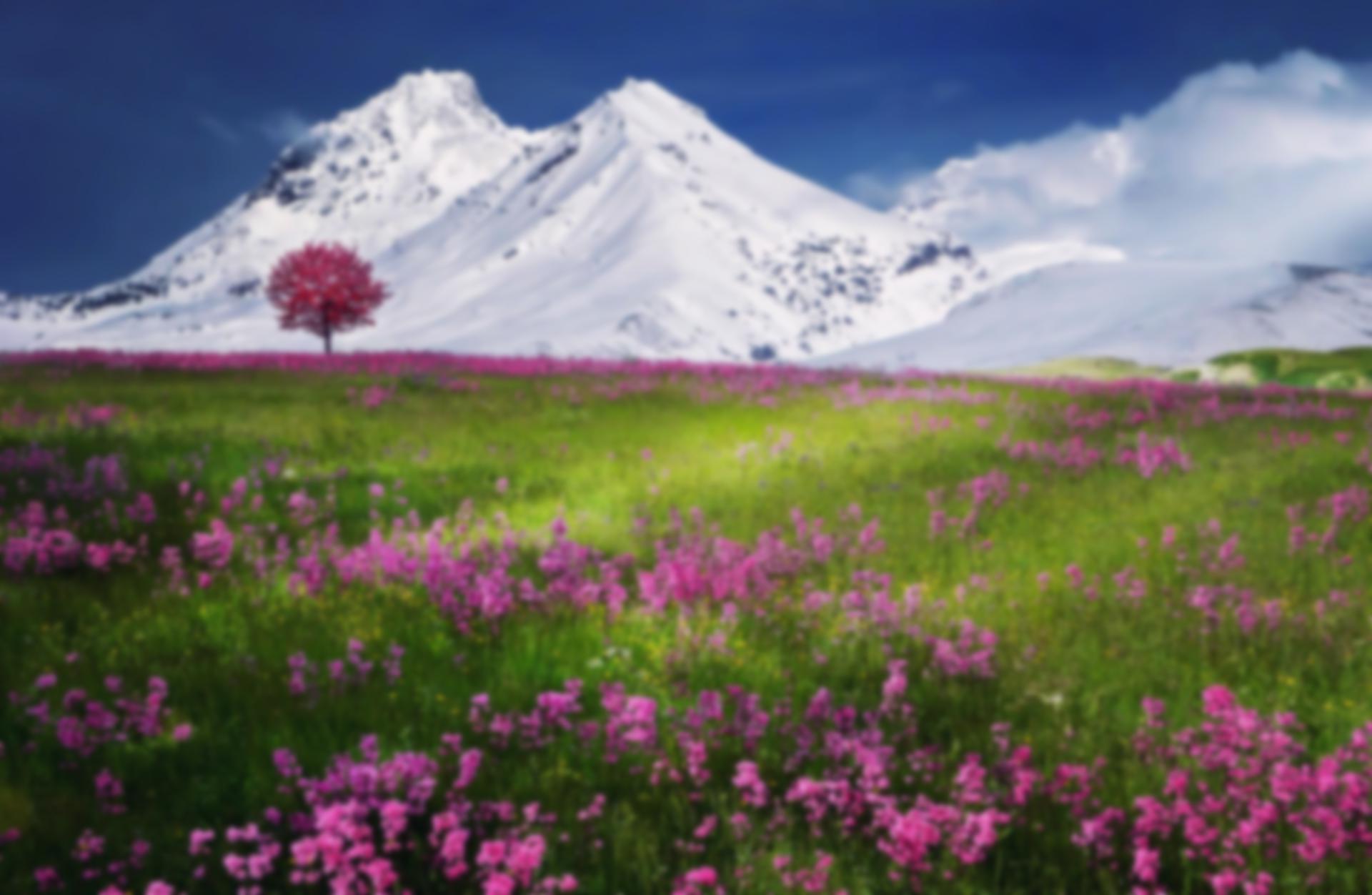
|
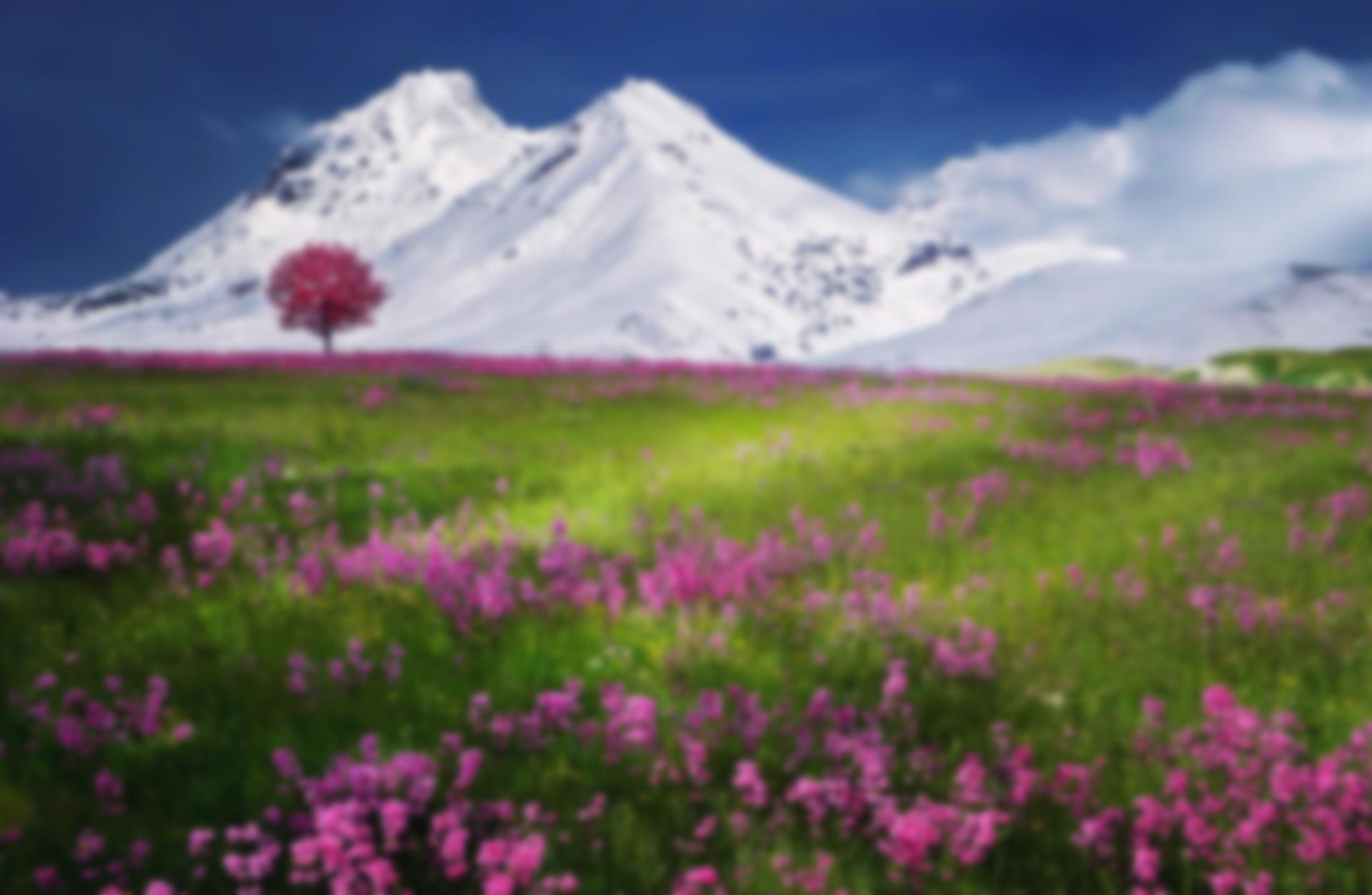
|
|

|
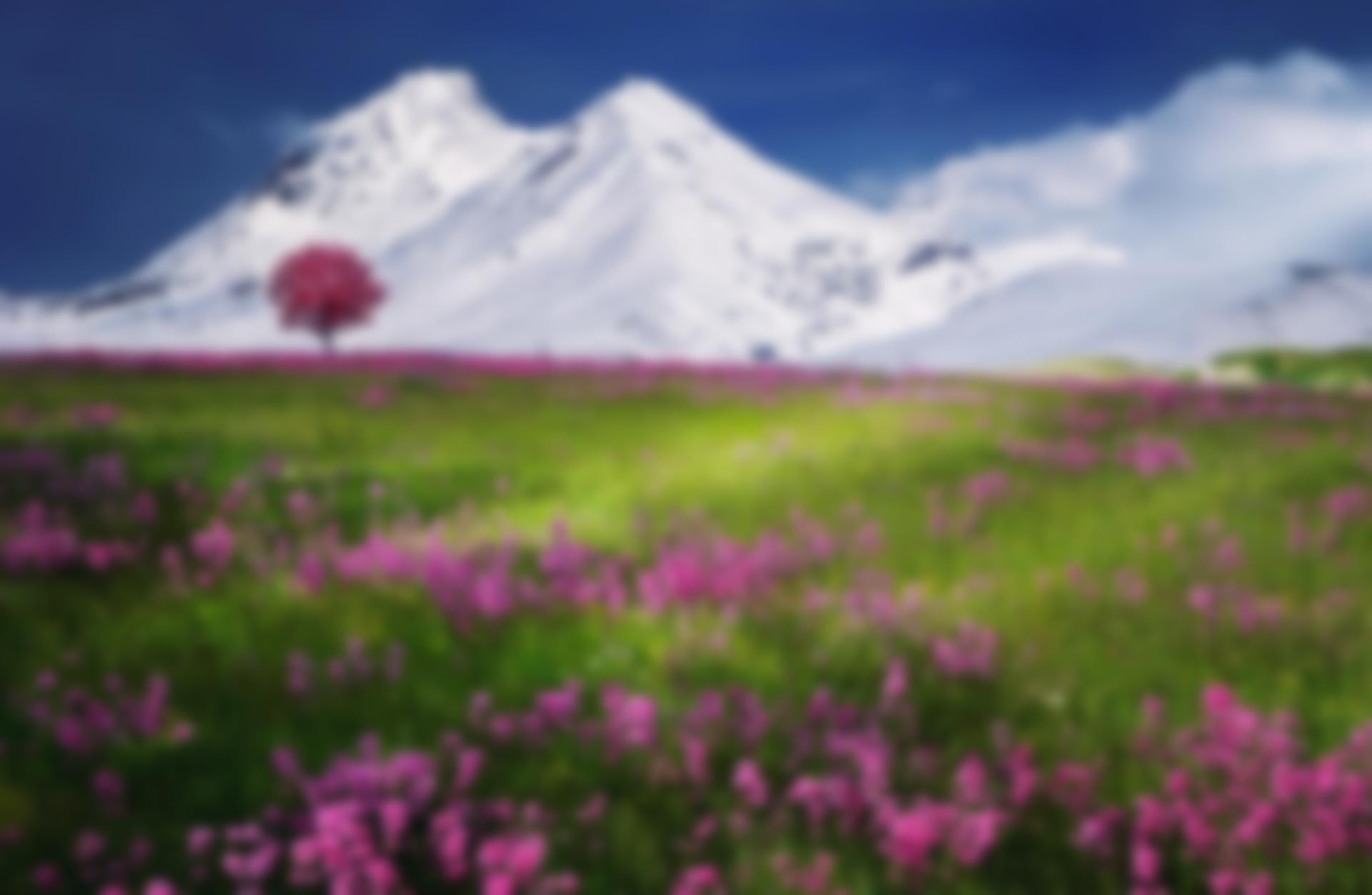
|

|
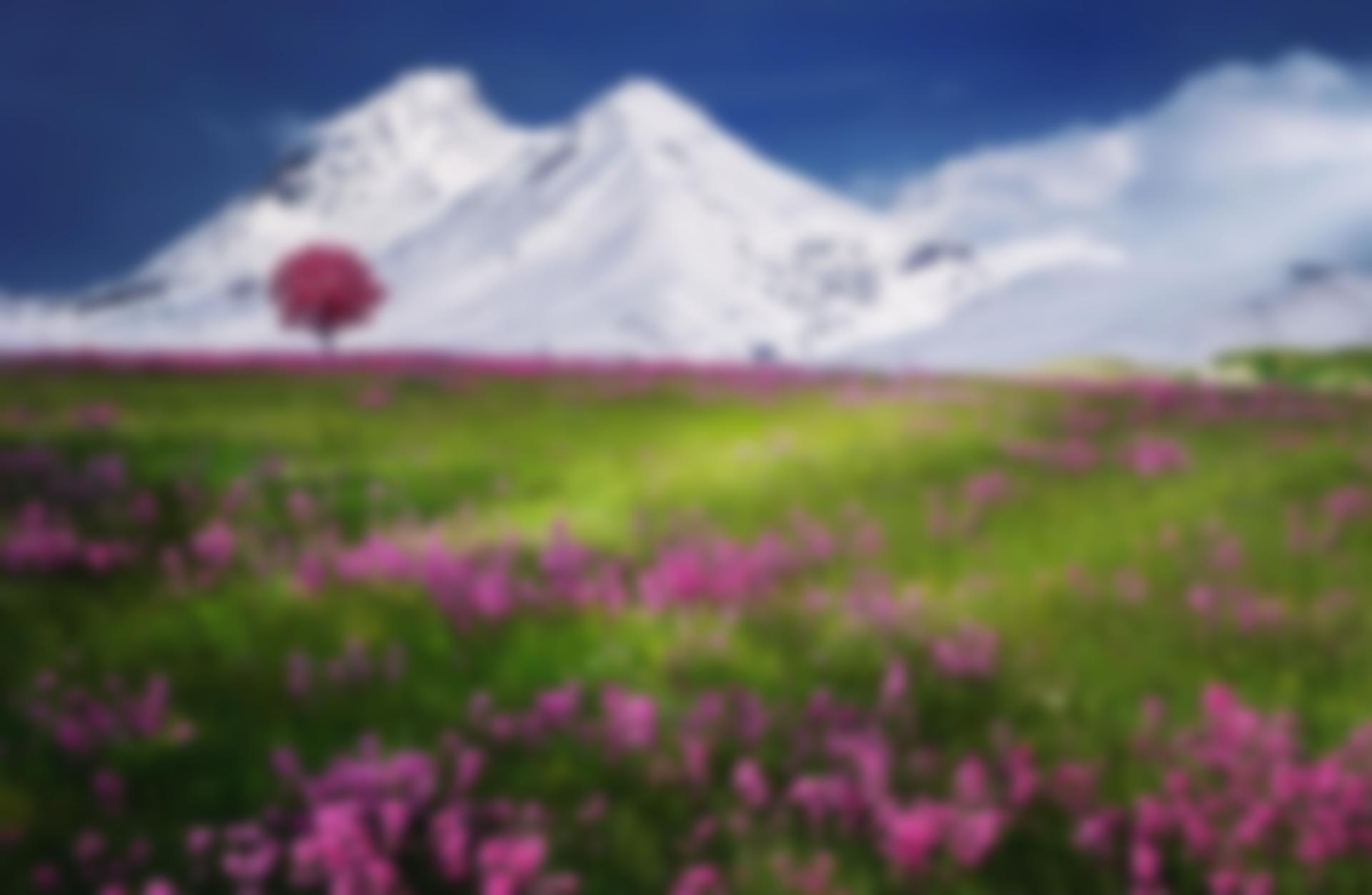
|
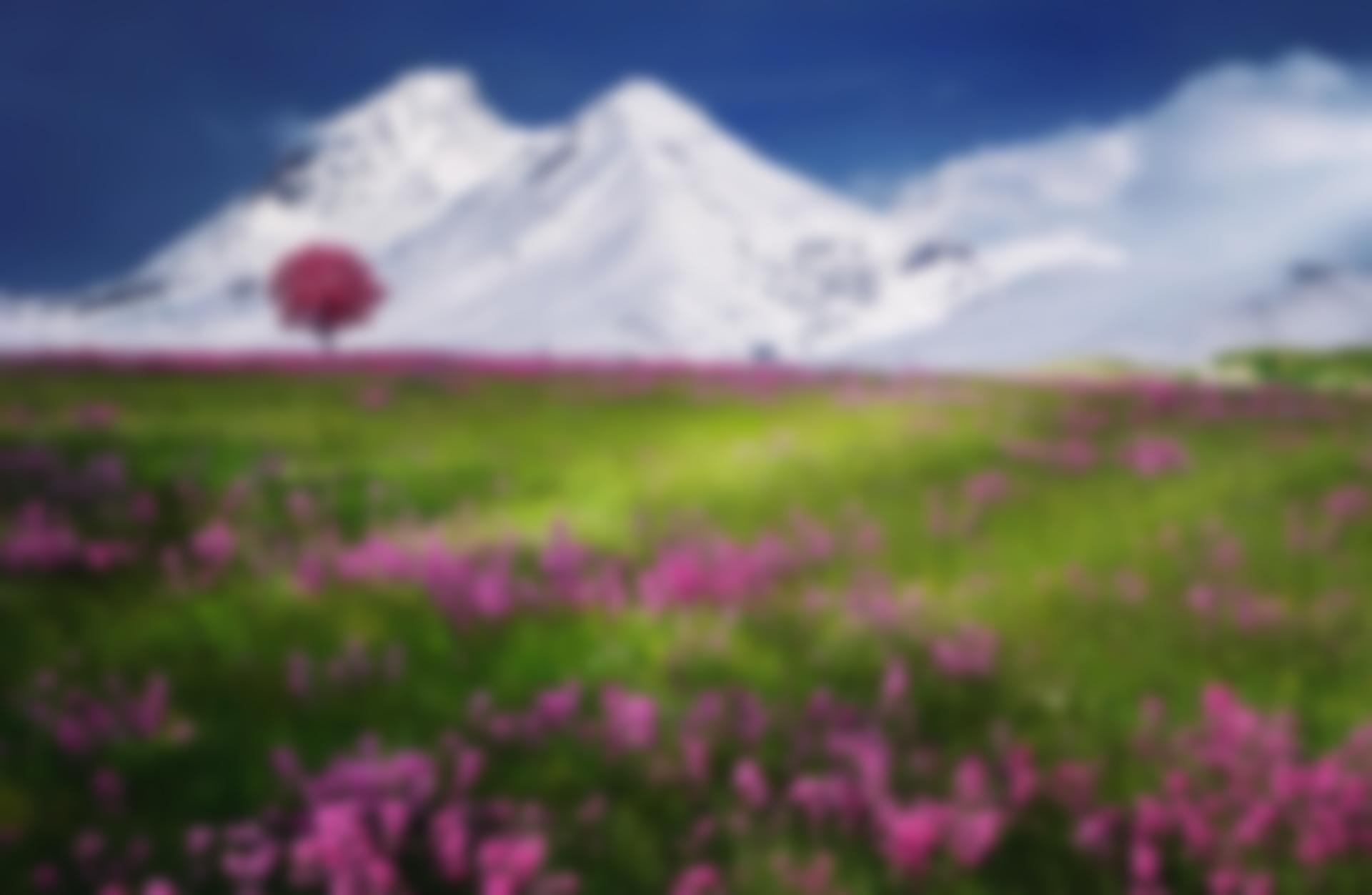
|
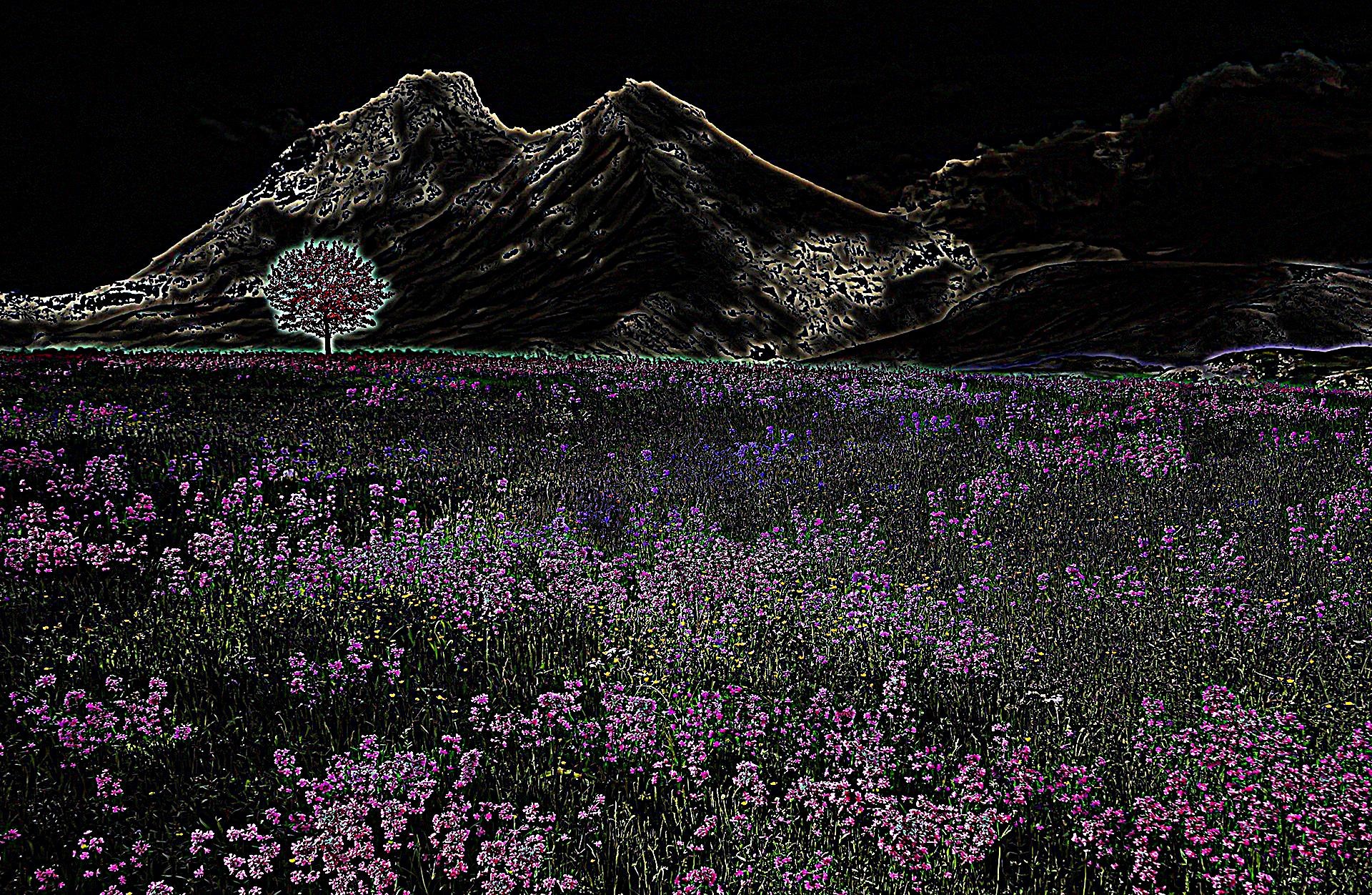
|
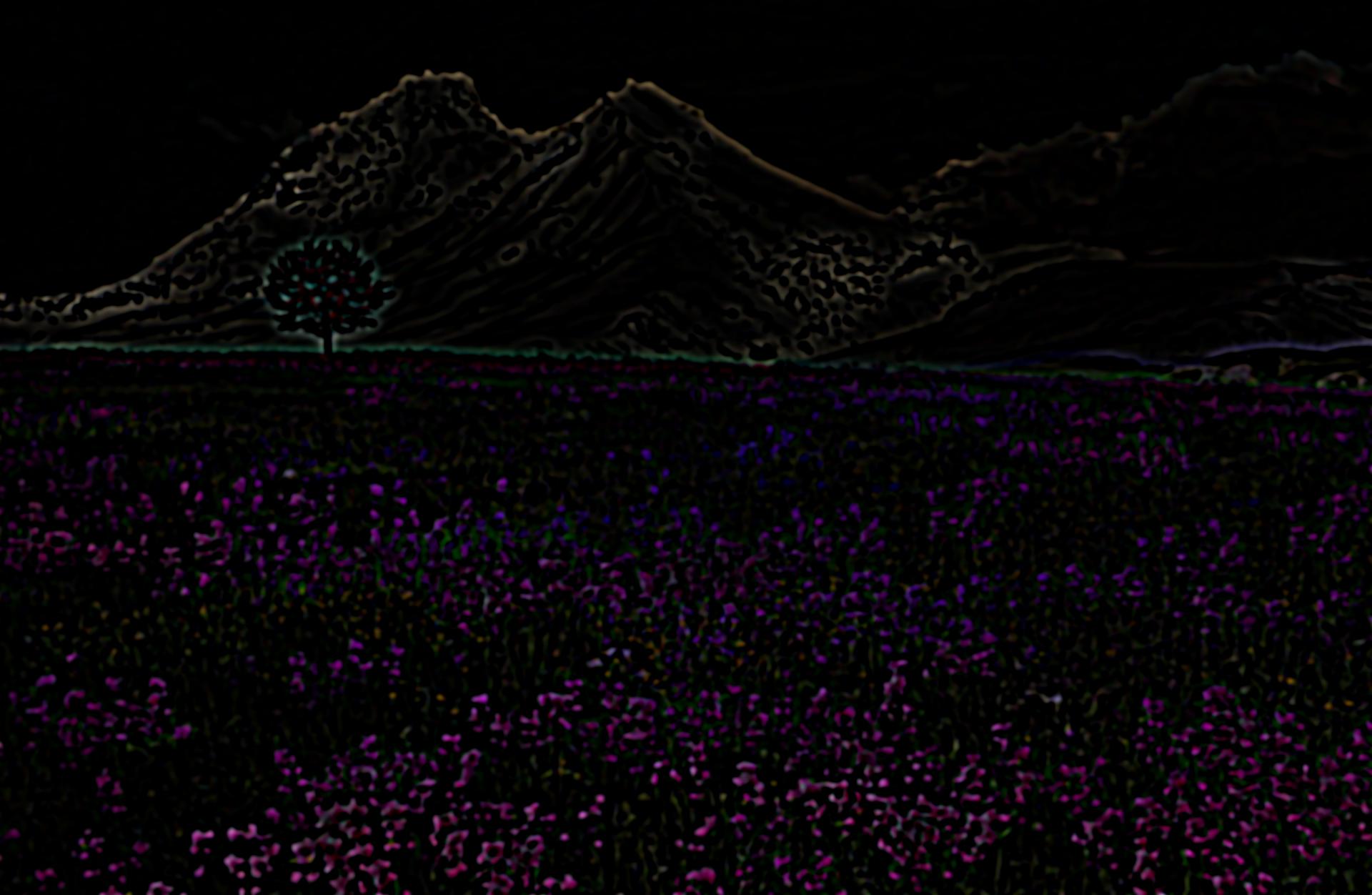
|
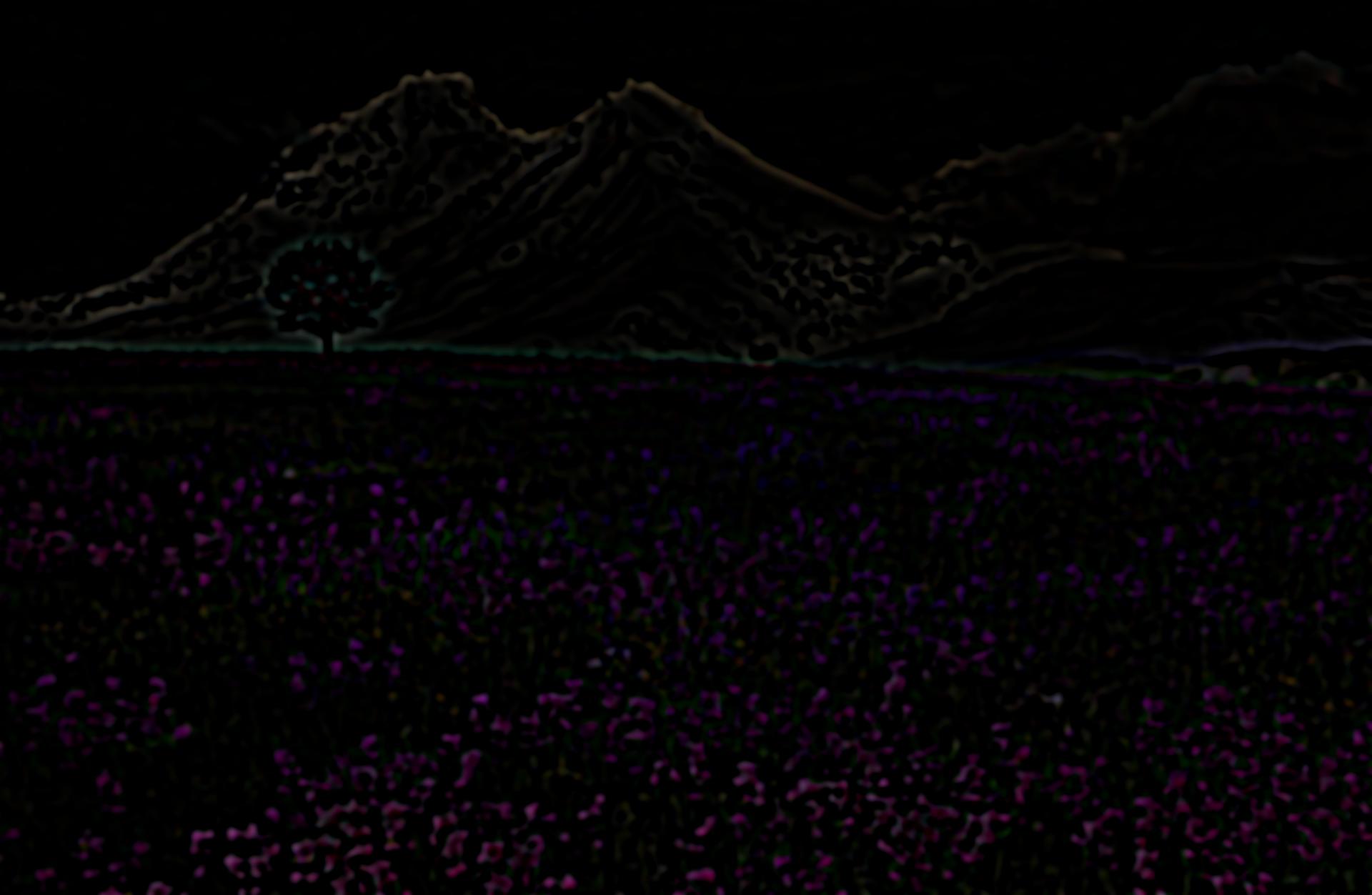
|
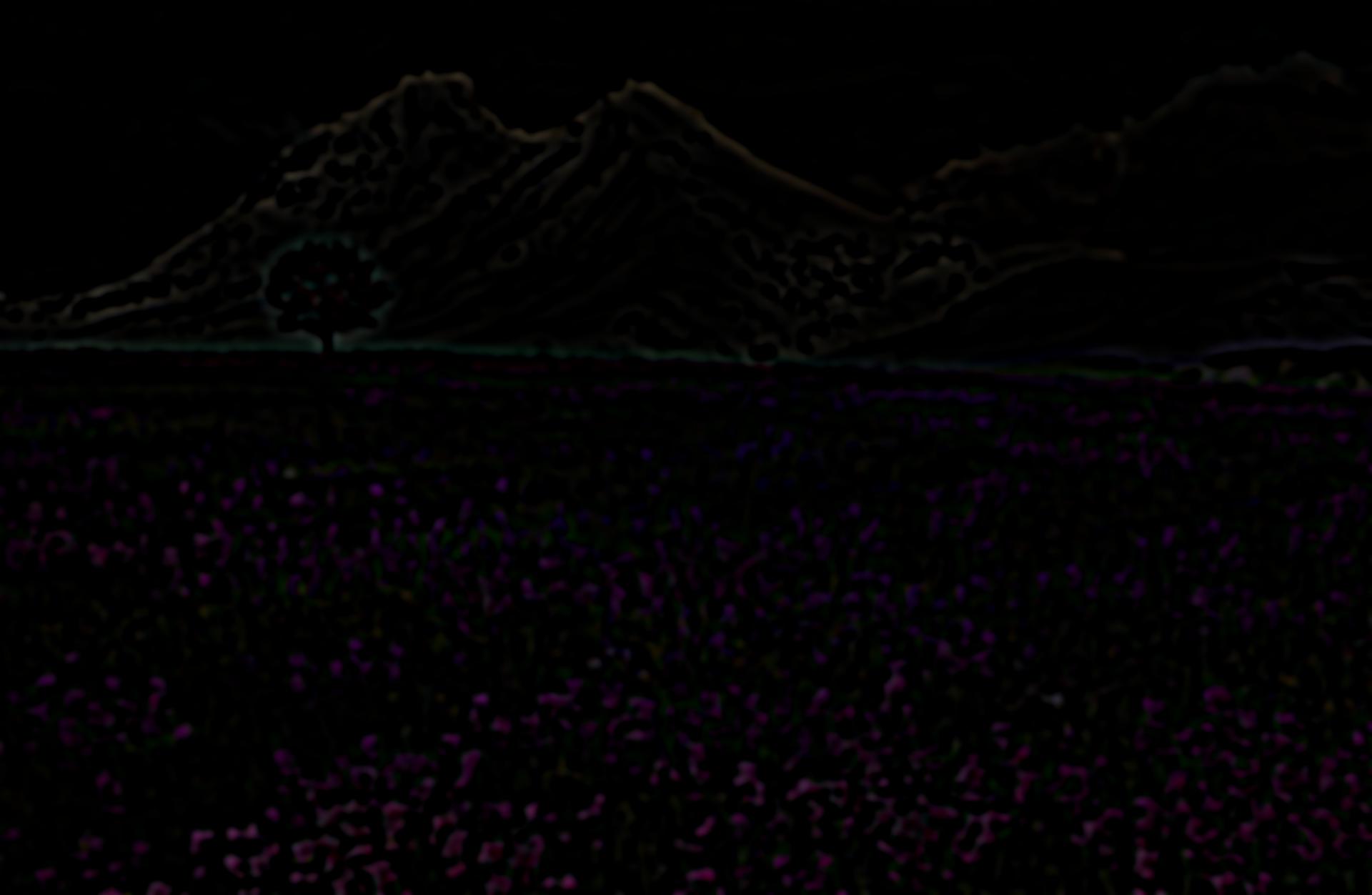
|
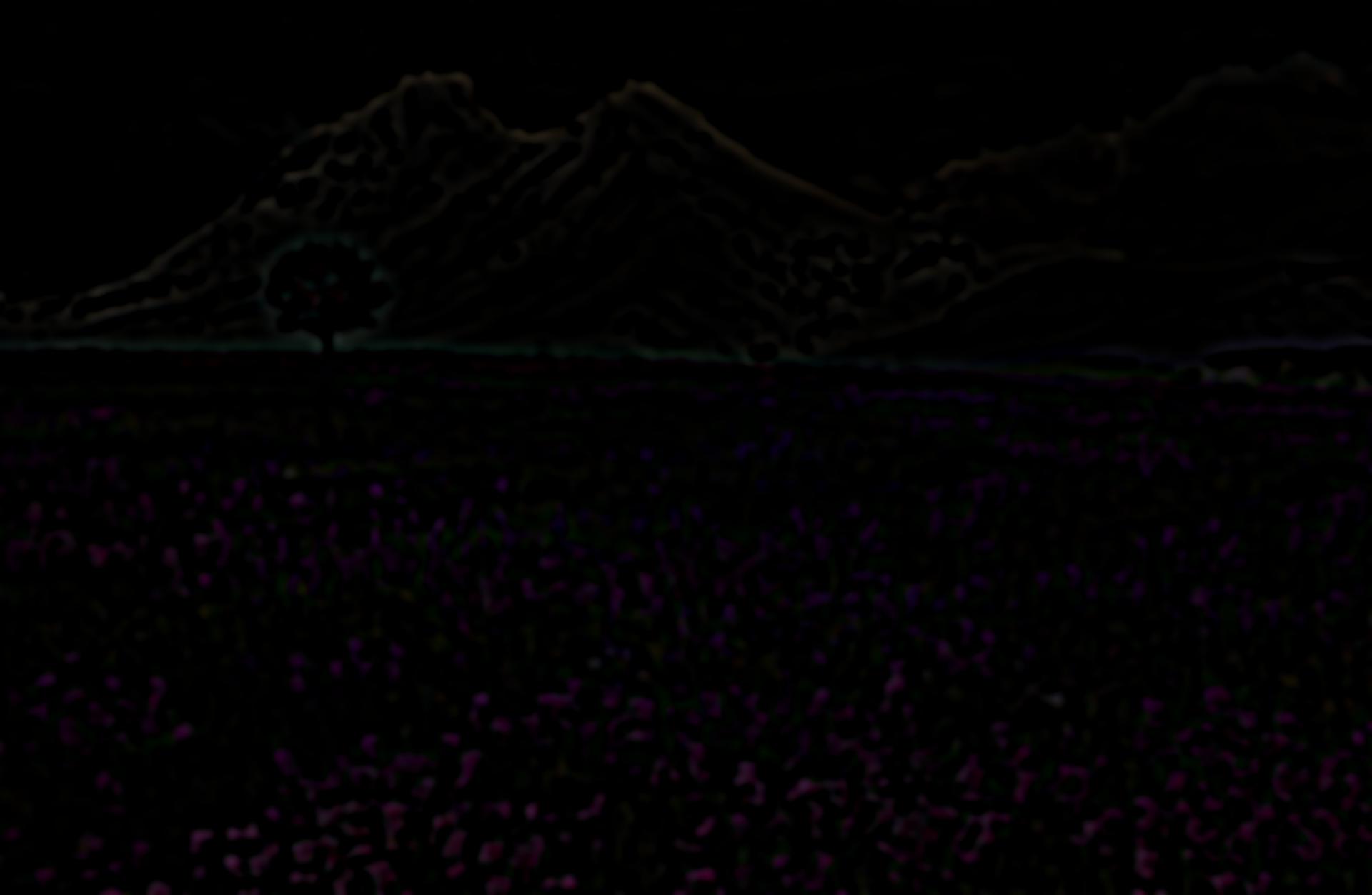
|
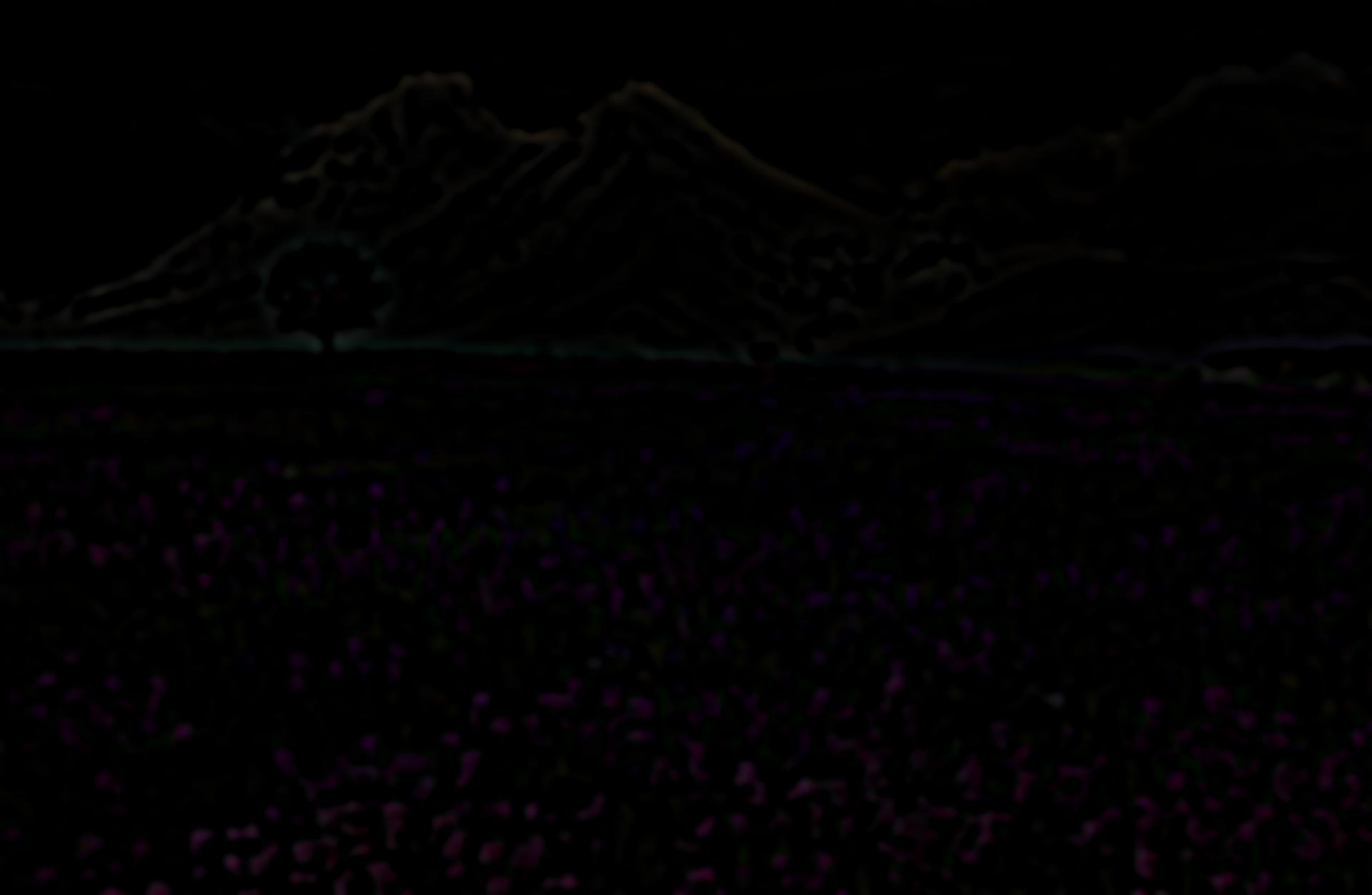
|
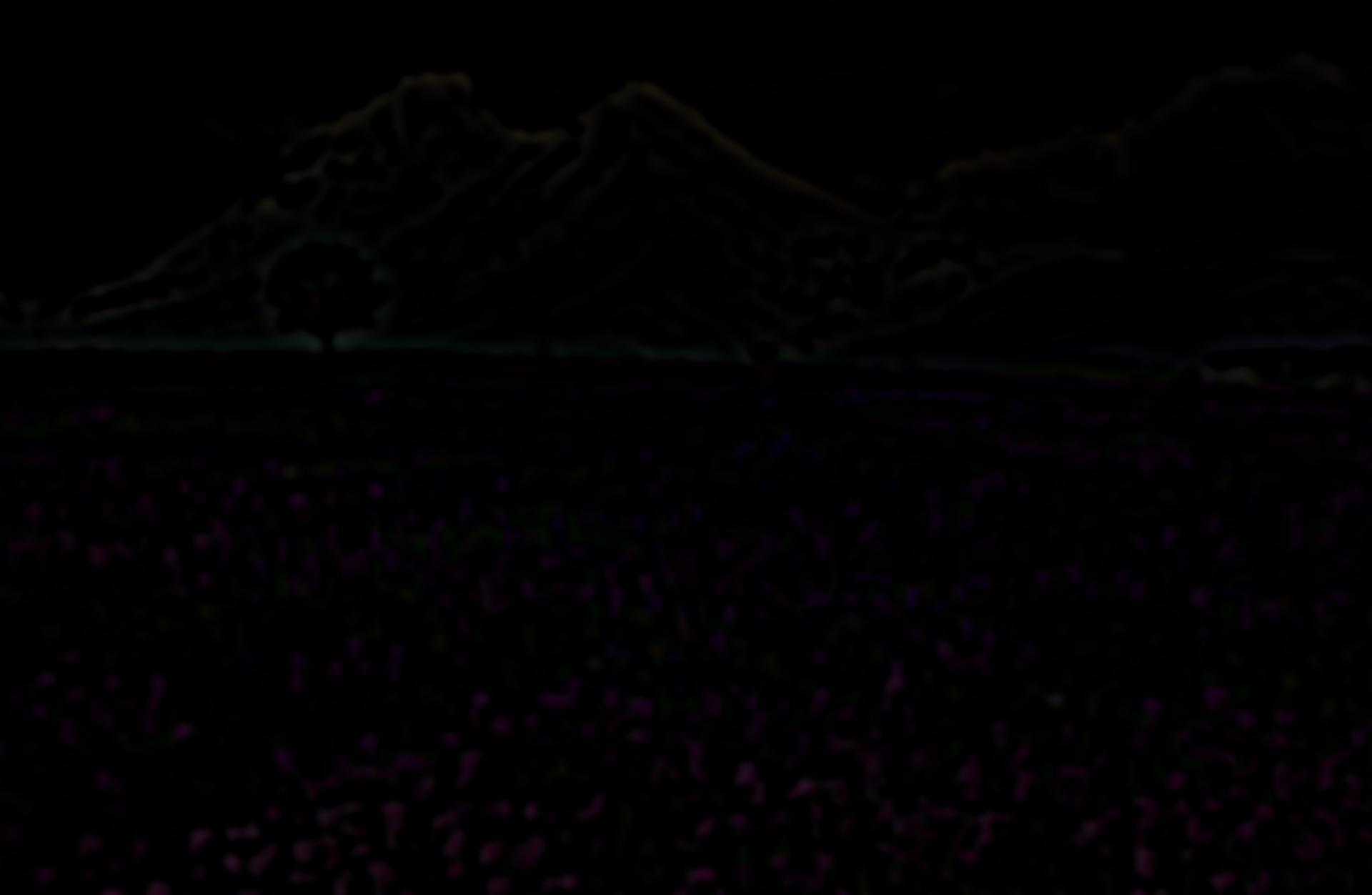
|
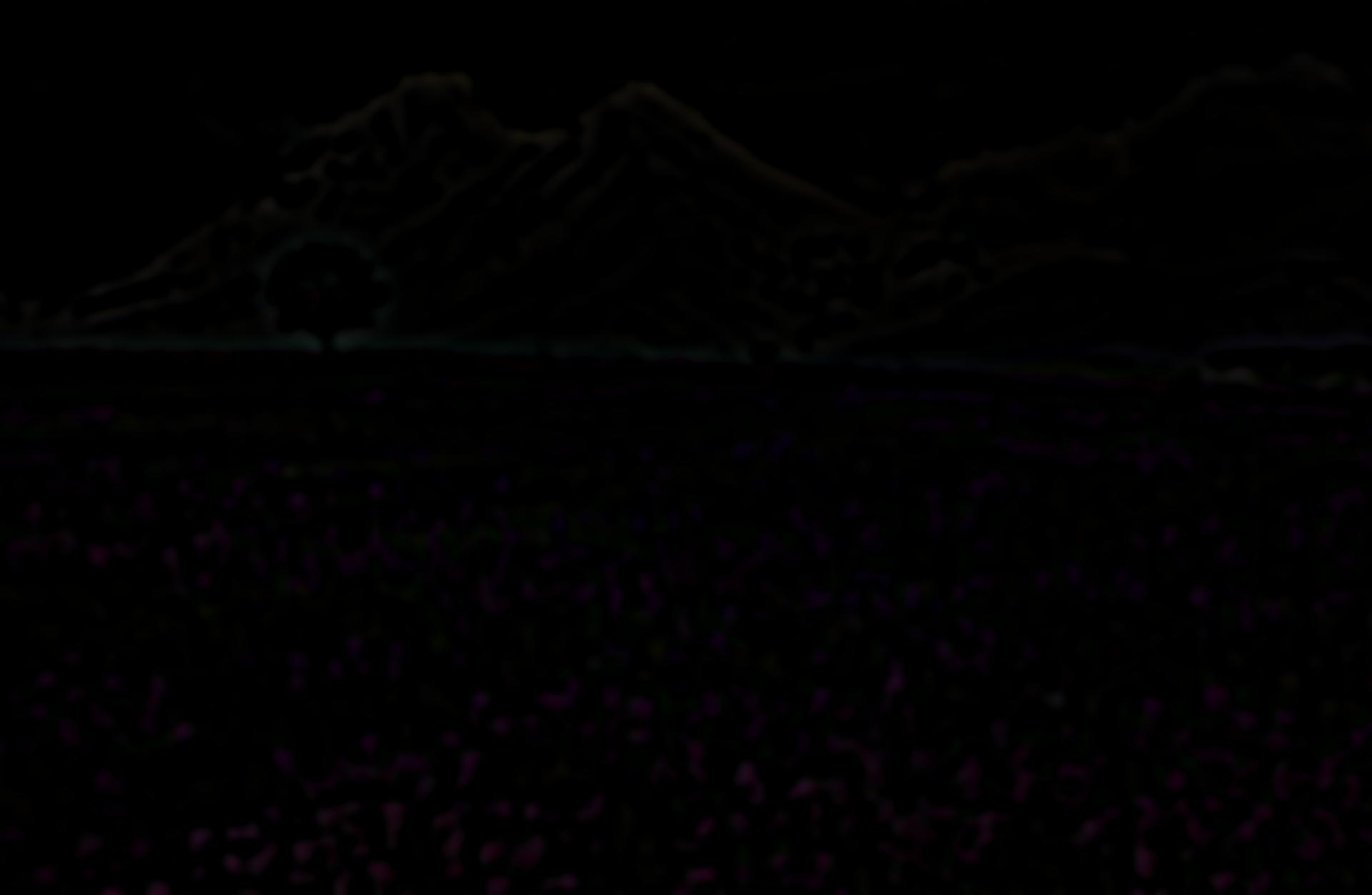
|
Part 1.4
Here are some images I blended together using multiresolutional blending (including the practice orapple example).
Part 2
Overview
A different (and from my results, better) approach to blending images than using multiresolutional blending is to try and make their gradients as similar as possible. That way they look to blend into each other in a much smoother way. The first part of this part was getting practice converting an image into the gradient domain and then converting back to the normal representation. Then the second part gives us practice blending two different images together by solving the linear least squares optimazation problem like in the first part. One drawback is that we can sometimes loose the original color, but this approach makes the blending look a lot more natural than multiresolutional blending.
Part 2.1
Toy Problem Original:

|
Toy Problem Recreated:
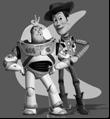
|
Part 2.2
Favorite Image:

|
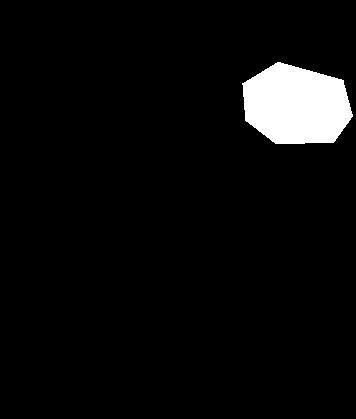
|
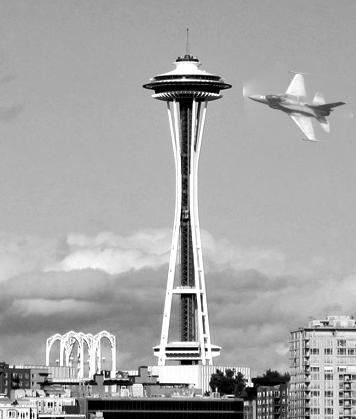
|

|

|
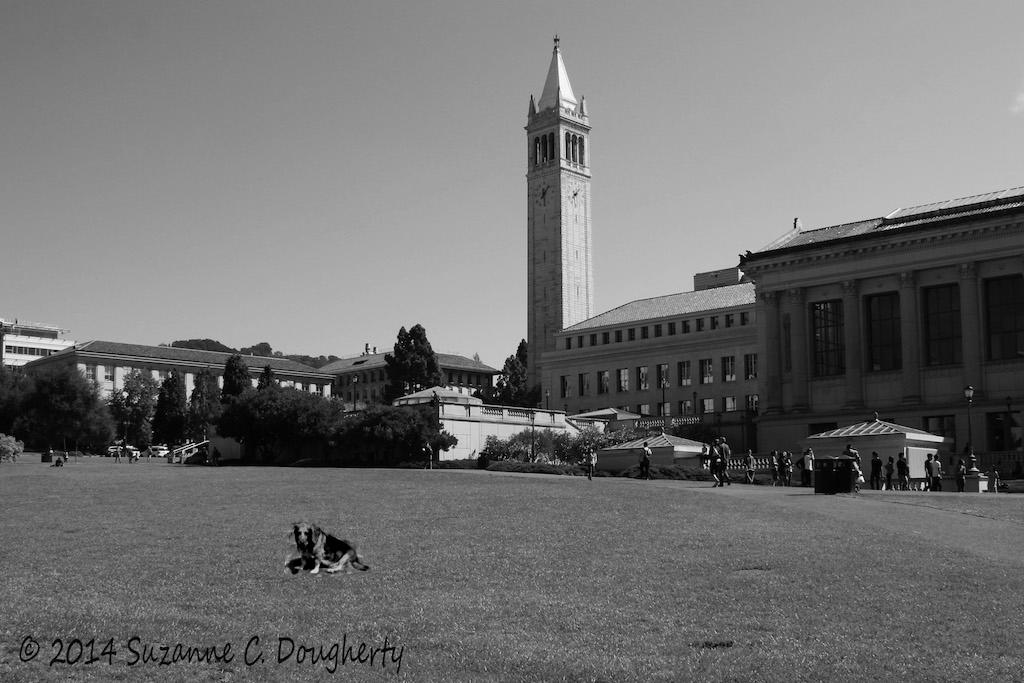
|

|

|
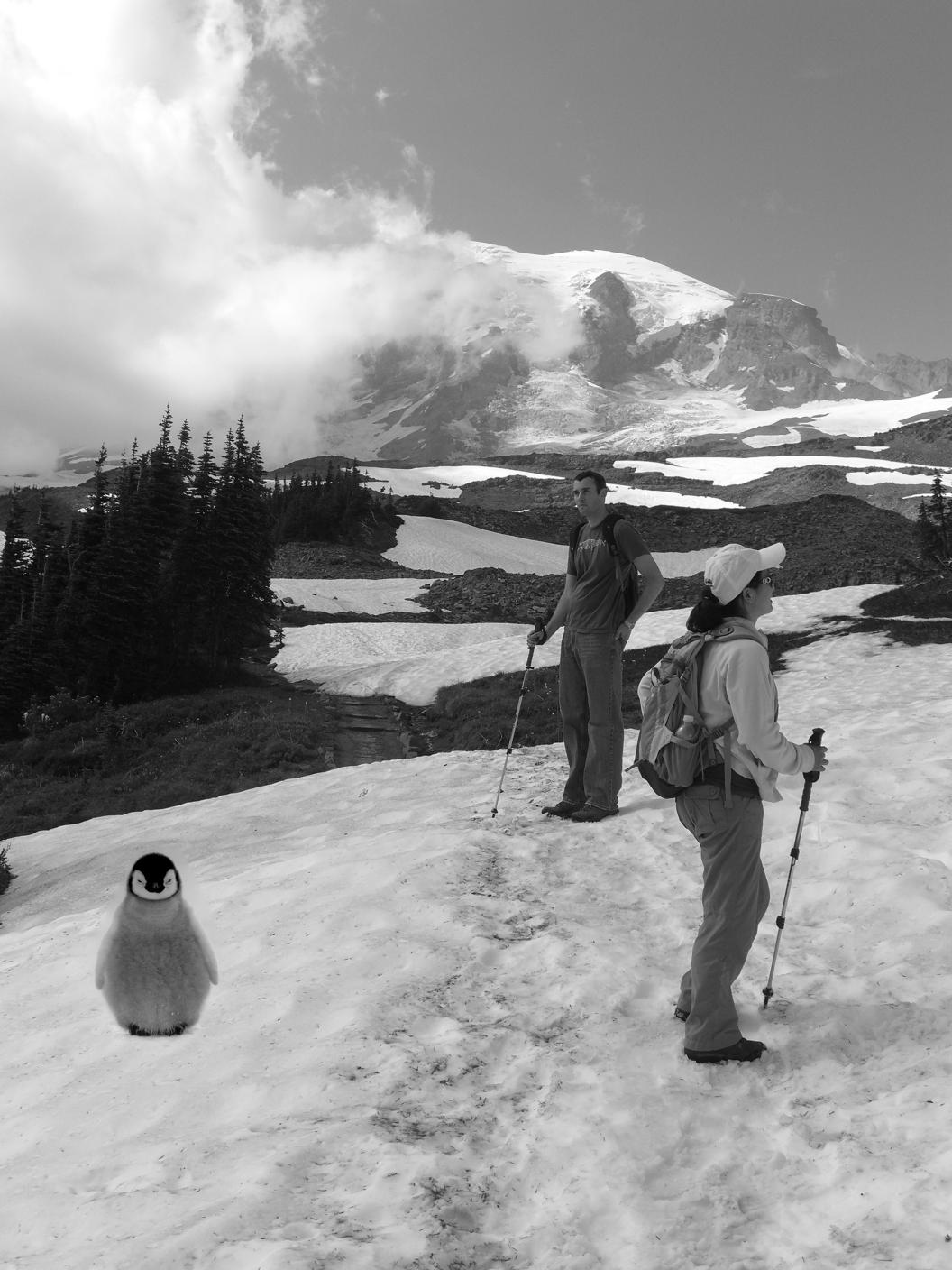
|

|

|
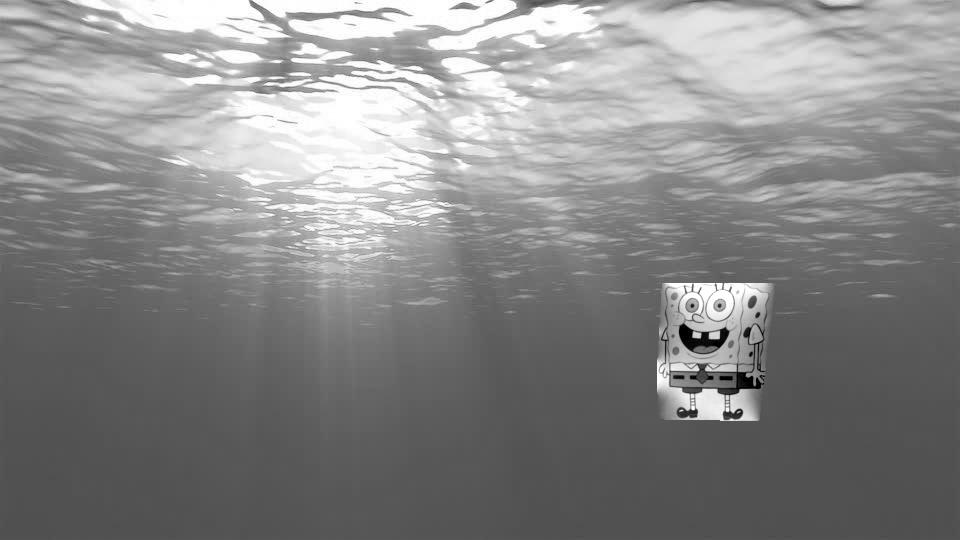
|
The above failiure is likely due to the fact that the texture of the images were so different that it was not possible to blend it completely
Poisson vs. Multiresolution Blended Comparison:

|
Multiresolutional
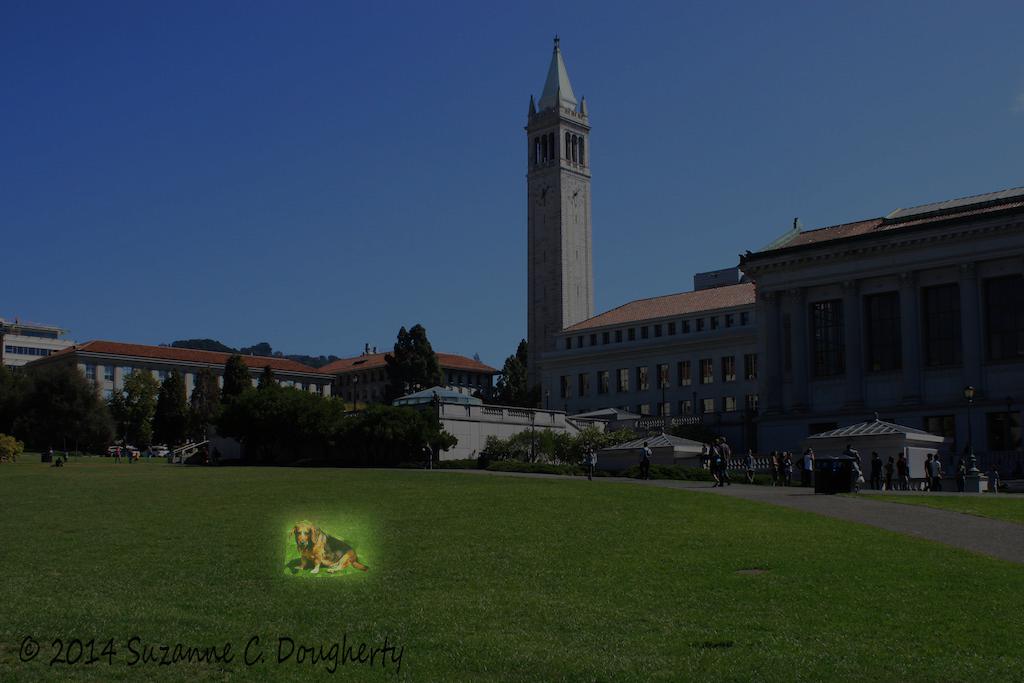
|
This Poission version works much better than the multiresolution blending because multiresolutional blending works best when the color/intensity of the images match almost exactly. Poission blending can work with color differences a lot better.
